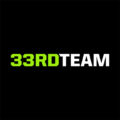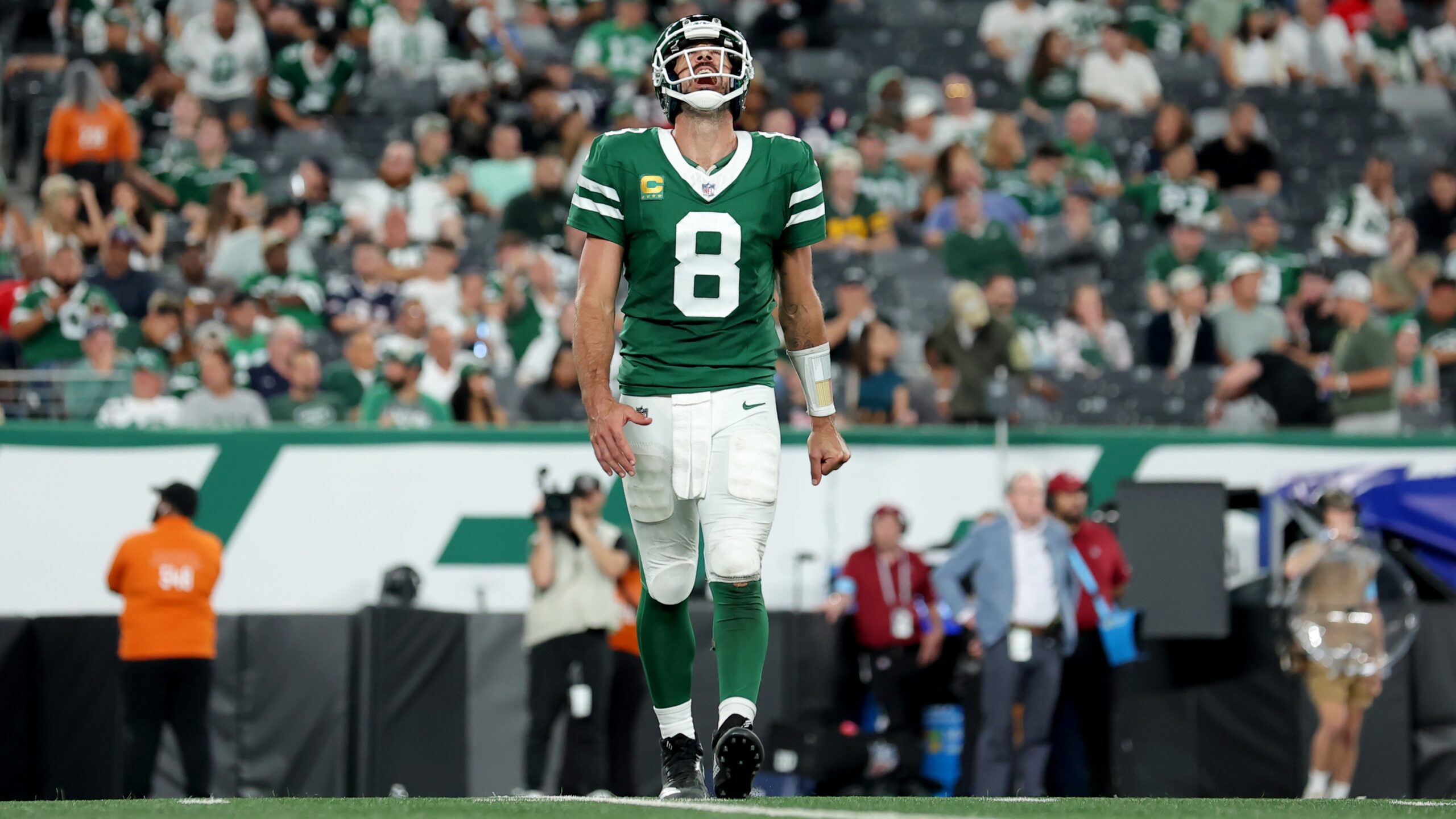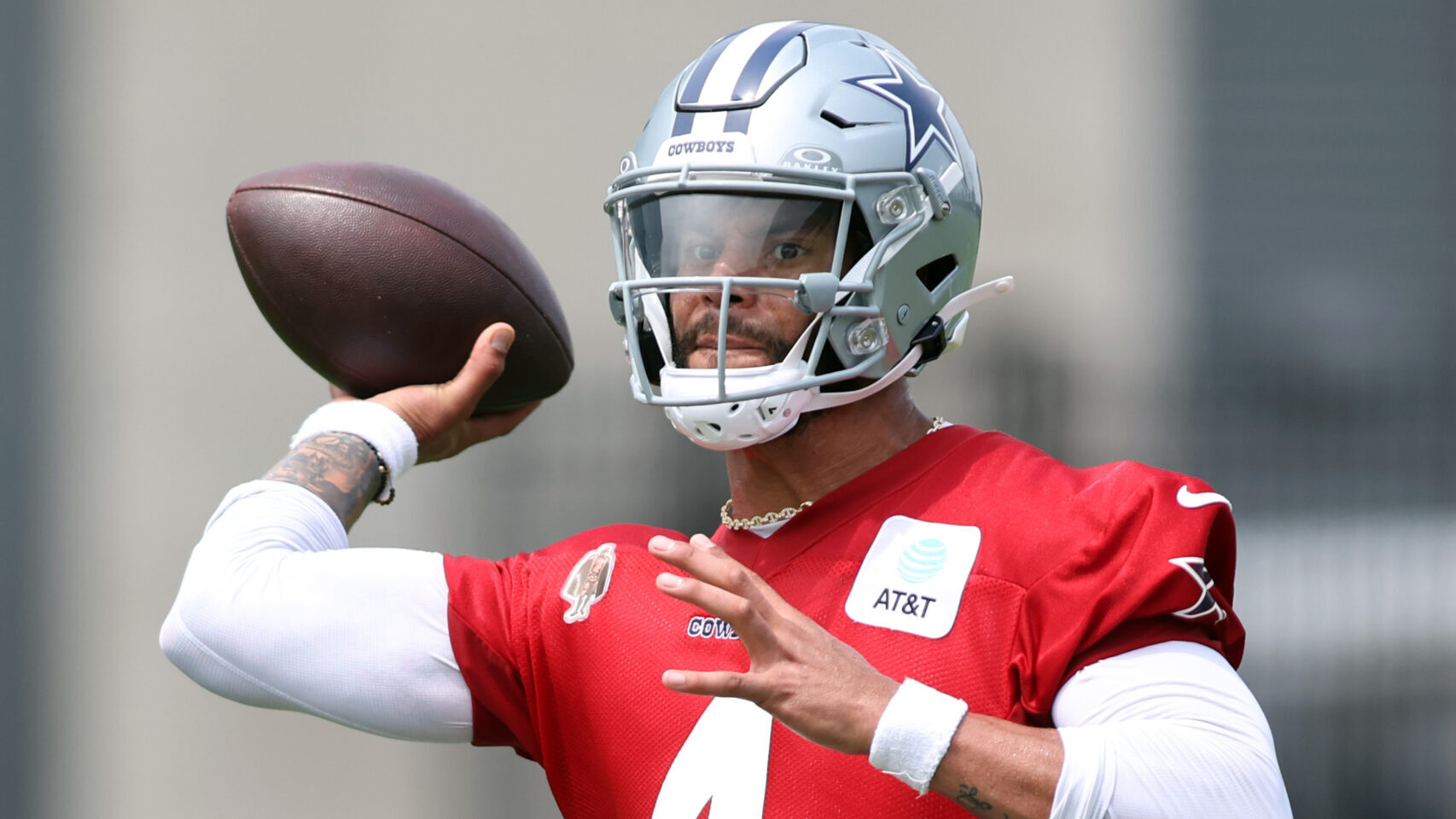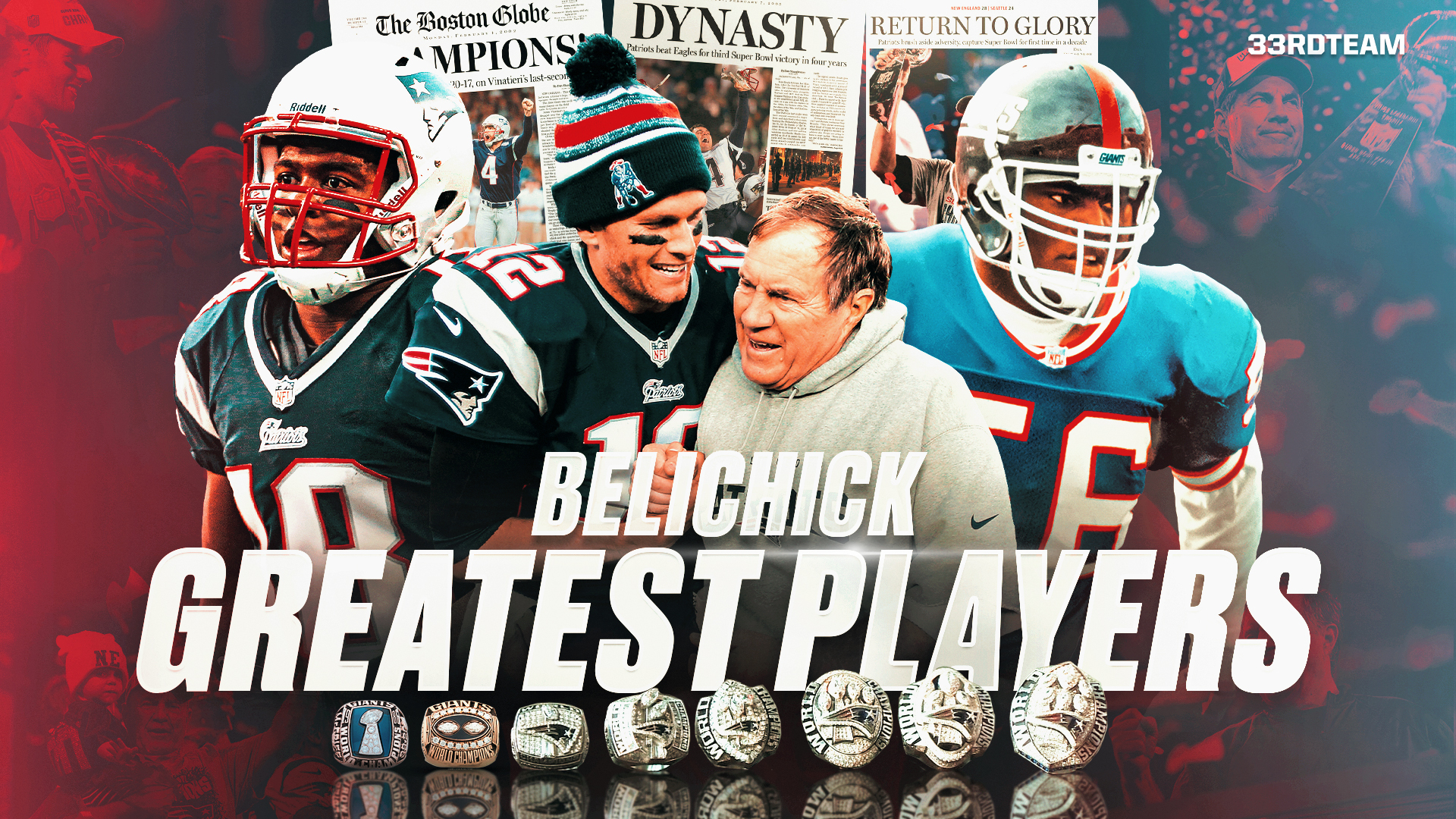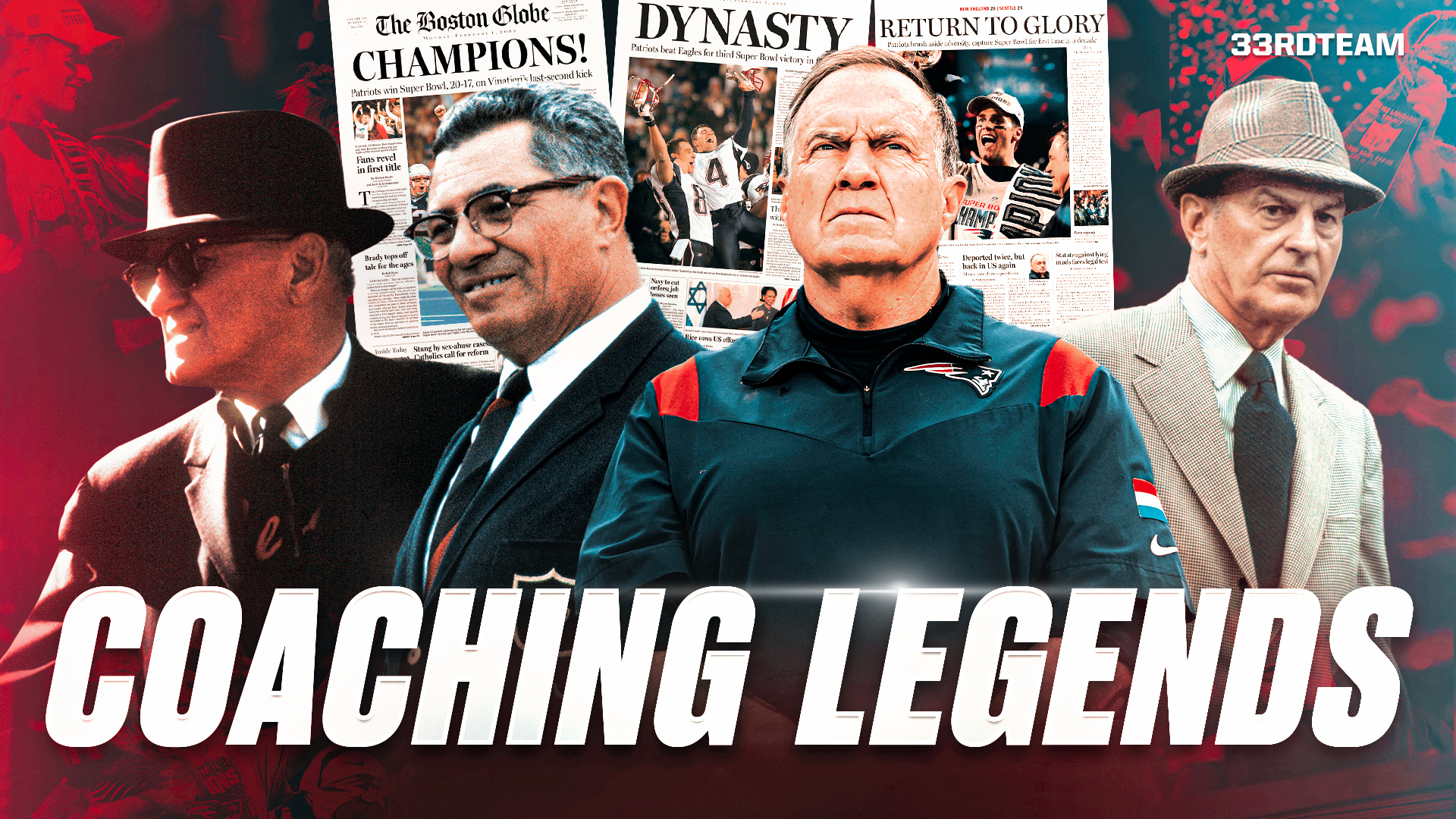Analysis
12/27/21
6 min read
Legion Of Doom: How the Seahawks Have Fallen
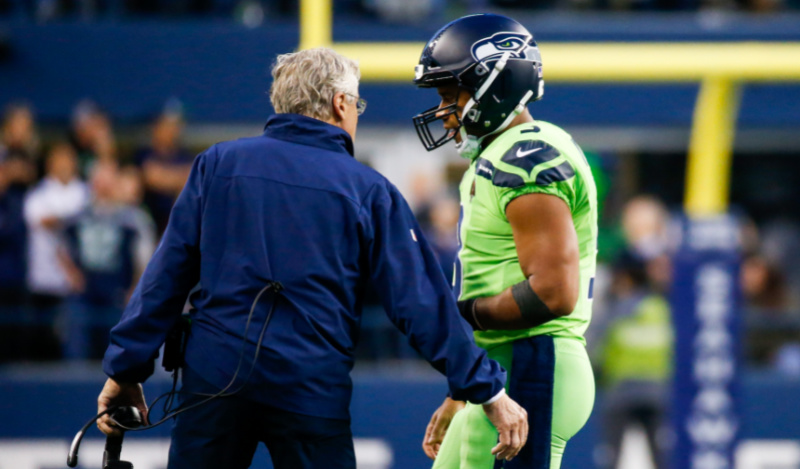
Heading into the 2021 season, the Seahawks had expectations of being a playoff contender, led by the franchise’s all-time passing leader Russell Wilson. Although much different from the Super-Bowl-winning team from 2013 — the team only has Bobby Wagner, Head Coach Pete Carroll and General Manager John Schneider alongside their signal-caller remaining from the 2013 champs — their strengths have also shifted drastically.
This Seattle defense, once headlined by superstars Earl Thomas, Kam Chancellor and Richard Sherman, was menacing to opposing offenses, allowing the fewest points and yards of any team while leading the league in takeaways. On the other side of the ball, the Seahawks had a potent offense thanks to Marshawn Lynch, stud receivers in Golden Tate and Doug Baldwin, and an above average offensive line. Despite this core only winning one Super Bowl, the team was unbelievably close to pulling off back-to-back Lombardi Trophies.
In their 2021 campaign, Seattle sits at 5-10. It is the first time since 2011 they have been eliminated from playoff contention before the final week of the regular season. The Seahawks will also finish in last place of their division. The last time that happened was in 1996, when Seattle competed in the five-team AFC West. How did the Seahawks fall from a decade of consistent success?
The most notable aspect of their season has been how poorly their offense and defense have been able to work in conjunction with one another. Their offense has accrued the fewest offensive plays in the league by 66 plays, more than the team averages in an entire game. But this isn’t because they aren’t receiving opportunities — Seattle averages the 13th most drives per game. On their possessions, however, the Seahawks are last in the league in plays per drive. Nearly half of their drives have resulted in punts, putting them atop the NFL.
Their offensive struggles do not come from turnovers either as they have the 2nd-lowest turnover percentage in the league. Instead, this is in part because of their defense and its inability to get off of the field. Seattle has allowed the most first downs, the 2nd-most total yards and, similar to their offensive woes, 56 more plays to their opponents than any other team in the NFL.
A logical conclusion might be Seattle has played poor 3rd-down-defense, allowing other teams to convert critical plays to extend drives. However, this is not the case since the Seahawks rank No. 6 in opponent 3rd down conversion percentage. Instead, Seattle is allowing teams to have long, sustained drives without having to convert as many 3rd downs as they are conceding the highest opponent average time-per-possession. The Seahawks have additionally allowed the most plays on opponents’ drives, over a full play more than the team with the fewest plays allowed on each possession.
The issues this season are cyclical as having short drives and giving opponents more opportunities to score is a recipe for disaster. One reason for their offensive issues is because of their offensive line play. Seattle is allowing a pressure rate of 35%, the 3rd-highest in the NFL. Left tackle Duane Brown has allowed eight sacks this season, the 5th-most among offensive linemen. Although the players behind the line have dealt with injuries, making the offensive line look worse, the offensive line has not put Shane Waldron’s group in a position to succeed.
On the defensive side of the ball, the Seattle pass rush has been substandard. Their pass rush win rate and pressure percentage both fall in the bottom five in the league, likely one reason why they have played the most defensive snaps in football. This also hurts their coverage ability since the less pressure that is put on the opposing quarterbacks, the better decisions these field-generals can make. In fact, Seattle ranks among the worst three teams while in coverage for opponents’ receptions, completion percentage, receiving yards and first downs. Once again, the Seahawks’ issues are compounding upon one another, further perpetuating their troubles this season.
Yet, not all of these struggles are Seattle’s fault directly; one of which is their injuries. Starting quarterback Russell Wilson hurt his finger in Week 5, causing him to miss games until Week 10. Despite returning rather quickly, Wilson admitted he was “definitely not” fully healthy upon his return to the lineup, opting to play through some discomfort. Wilson has only exceeded 260 passing yards twice all year, both before the injury, and all of his nine turnover-worthy plays have come following his missed time. He has the highest proportion of throws short of the first down in his career in 2021, and his percentage of passing yards gained by way of yards after the catch is the highest since 2014, each statistic showing an increased reliance on his receivers to make plays.
Another position riddled with injury has been the running backs. Playing just four games, lead back Chris Carson has headlined this position group’s ailments. Backups Rashaad Penny, Alex Collins and Travis Homer have also missed time throughout the season, leaving them paper-thin in their running back room. Seattle’s rushing attack has the 7th-fewest first down runs in the league despite finishing in the top half of the NFL last season.
One more Seahawk dealing with an injury is safety Jamal Adams. Due to a shoulder injury, Adams will miss the remainder of the 2021 season. The former LSU Tiger was acquired by Seattle in exchange for a package of draft picks, including their 2022 first-round selection. At the time of the trade, it would have been plausible to think this pick would be a mid-to-late pick in the first round of the draft. However, since the Seahawks have struggled, this pick is projected as the 6th-pick heading into Week 17.
Not owning their first-round selection in their first season with a losing record since 2011 is unfortunate, especially as this pick mathematically could jump up to 3rd-overall. As Seattle looks ahead to the future, rumors about Wilson being traded are red-hot. If Pete Carroll and Seattle also part ways, look for Wilson to waive his no-trade clause to be able to compete for another Super Bowl with a contending team, although this could happen independently of Carroll’s relation to the team. Doing this would recoup draft capital to allow for a more effective rebuilding process with new decision-makers.
The Seahawks are in an abominable position this season. And with their struggles hitting on draft picks and lack of current draft capital, the future is uncertain. Many changes may be looming for Seattle in the upcoming offseason. How will Jody Allen attempt to bring success back to her Seahawks?
All information taken from PFF and Pro-Football-Reference
